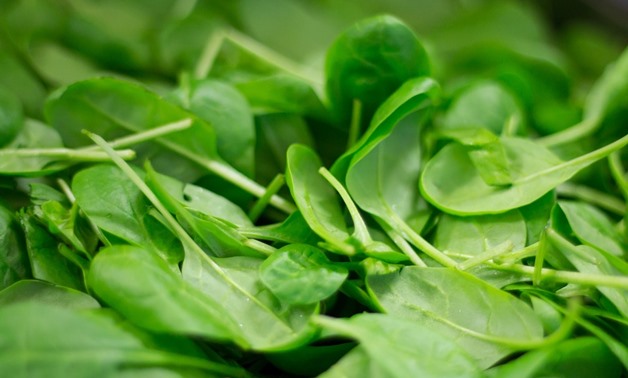
Spinach is a source of zinc. Via CC/Pixabay
CAIRO – 2 February 2018: Zinc is one of the most important minerals that contribute to the health of your body overall, and specifically to the health of your skin. It is called an “essential trace element” because very small amounts of zinc are necessary for human health.
Zinc is used for treatment and prevention of zinc deficiency and its consequences, including stunted growth and acute diarrhea in children, and slow wound healing. It is also used for boosting the immune system, treating the common cold and recurrent ear infections, and preventing lower respiratory infections. It is also used for malaria and other diseases caused by parasites.

Dark chocolate is a source of zinc. Via CC/Pixabay
Zinc acts as a regulator for many mechanisms in the body, such as your insulin levels, and, in addition to that, it also helps to regulate your sebum production. This is the oil produced by your skin to keep it moisturized, but overproduction of it can lead to acne and an oily complexion, so zinc helps to moderate that. It is a key mineral in the production of collagen, and it also acts as an anti-inflammatory and healing agent. Zinc aids in healing the skin and prevents acne by regulating the activity of the oil glands. It is also an antioxidant, helping to fight and prevent the formation of free radicals.
Zinc is known to encourage the production of collagen fibers and elastin. Both of these elements help to support the underlying structure of the skin, which reduces the appearance of wrinkles and other signs of ageing, and as an aid to collagen production; therefore, zinc has been linked with the treatment of burns and the reduction of scar tissue for many years.

Comments
Leave a Comment